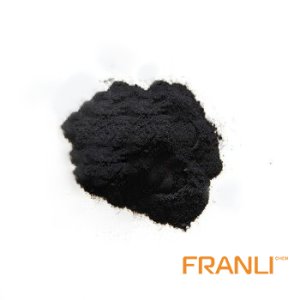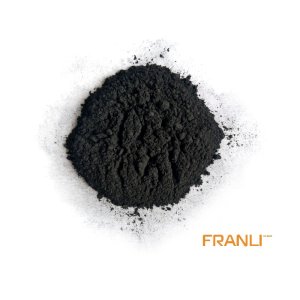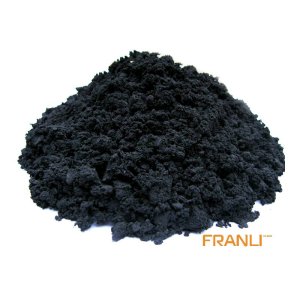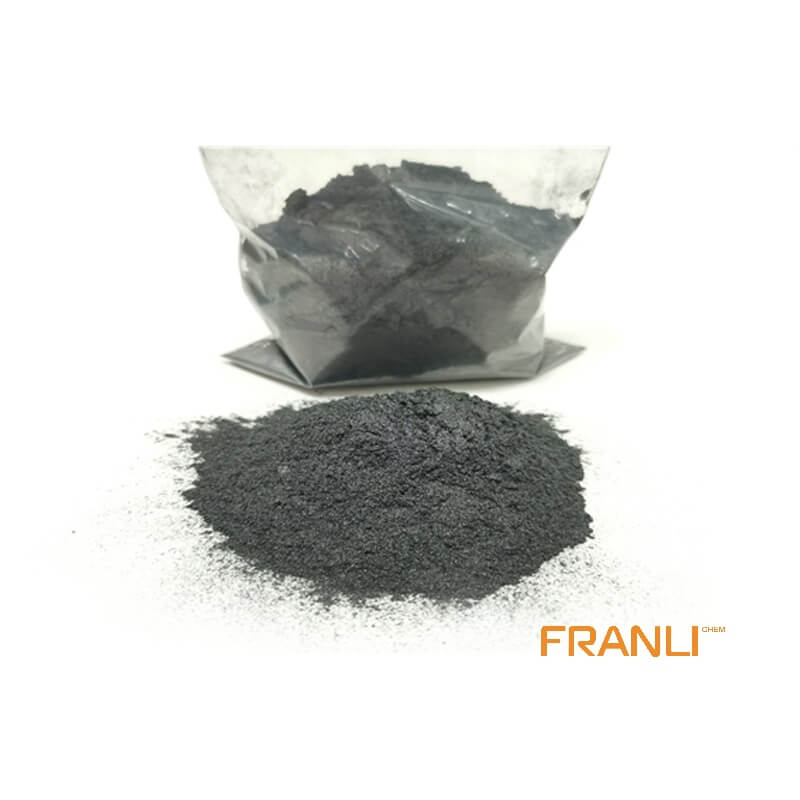
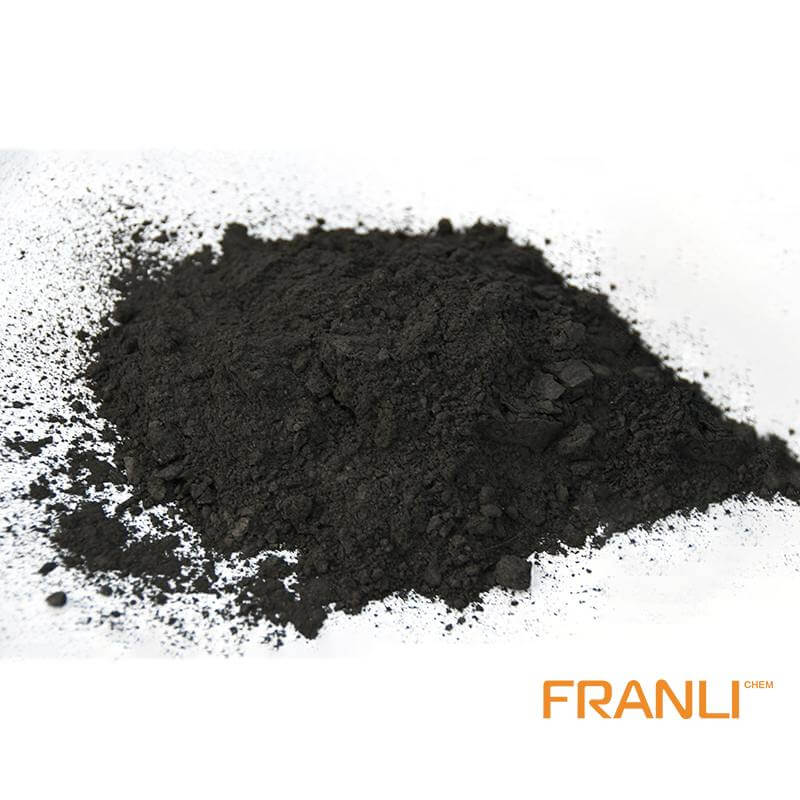
Synthetic Graphite
Size
0.1mm or 2mm, etc
Carbon Content
99%min
Package
25kg small bags into ton bags or ton bags
Features
Thin material, high temperature resistance, etc
Application
Used in computer, mobile phone motherboard, screen, LCD, camera and other equipment. ,etc.
Synthetic graphite sheet, also known as artificial graphite sheet, is a brand-new heat dissipation material. Using advanced carbonization and graphitization technology, thermal conductive films with unique lattice orientation are fabricated by high-temperature sintering at 3000 ℃. It mainly dissipates heat evenly along two directions, and the lamellar structure can well adapt to any surface.
Request a quote
Introduce: Synthetic graphite tape-nanometer level
Li Kuo and Zheng Haiyan of Beijing’s high-pressure science research center cooperated with Ju Jing of Peking University and found that 1,4-diphenylbutylene molecular crystals can undergo topology-controlled dehydrogenation Diels alder reaction under high pressure to form crystalline graphite nanoribbons. This study provides a new idea for the controllable synthetic graphite tape-nanometer level. The results were published in the Journal of the American Chemical Society.

Graphene is a zero bandgap material. This greatly limits its application in semiconductor devices. An effective way to open the bandgap is to transform two-dimensional graphene into quasi-one-dimensional graphene nanoribbons. The bandgap of synthetic graphite can be controlled by controlling its width, skeleton structure, edge structure, and heteroatom doping, which shows great application prospects in the next generation of electronic devices. At present, the accurate and controllable synthetic graphite nanoribbons mainly adopt the “bottom-up” strategy, that is, small molecules are synthesized by solution reaction or surface reaction. However, these methods have the disadvantages of small sample size, difficult purification, and heterogeneous structure.
High pressure (more than 10000 atmospheres) can effectively change the stacking mode of molecules, compress the distance between molecules, and change the bonding mode of atoms. Almost all small unsaturated organic molecules can polymerize under high pressure, so high pressure has become an effective way to develop new polymerization reactions and synthesize new carbon-based materials from bottom to top. High pressure-induced solid-state polymerization is a new green and atom economical synthetic method without solvent, catalyst, and initiator.
At atmospheric pressure, 1,4-addition topological polymerization of diynes is mainly carried out by photo or thermal excitation, and its activity mainly depends on the stacking mode of molecules in the crystal. However, 1,4-diphenyl-1,4-butadiene can not carry out a similar reaction because of the large distance between molecules in the crystal at atmospheric pressure. Researchers initially wanted to use pressure to compress the intermolecular distance and induce a 1,4-addition reaction. However, in situ Raman and infrared spectroscopy studies show that 1,4-diphenyl-2,4-diyne reacts under high pressure in the form of a topological chemical reaction path involving phenyl and alkynyl groups, rather than the traditional 1,4-addition reaction.

To further study the reaction mechanism, the crystal structure of 1,4-diphenyl butane diyne at the reaction critical pressure (about 100000 atmospheres) was studied by an in-situ high-pressure neutron diffraction spectrometer. It was determined that the reaction started from the dehydrodials alder reaction (DDA) between phenylacetylene and phenyl, and the critical distance of the reaction was 3.2.
The team further analyzed the crystal structure of the reaction products by using a series of characterization methods such as electron diffraction and theoretical calculation methods, and found that the products were two kinds of nano graphite ribbons with different hydrogen content. Finally, the researchers compared the reaction distances of other possible paths in 1,4-diphenylsuccinylene molecular crystals under critical reaction pressure and proposed that the topological polymerization reaction is dominated by “distance selection”, which is different from the solution reaction dominated by functional group activity selection.
It is the first time to find the topological chemical controlled dehydrogenation Diels alder reaction in molecular crystals, which provides a new atom level controllable “bottom-up” synthesis method for the synthetic graphite nanoribbons. The distance selectivity law proposed by the researchers will provide an important reference for the design and synthesis of topological polymerization.

